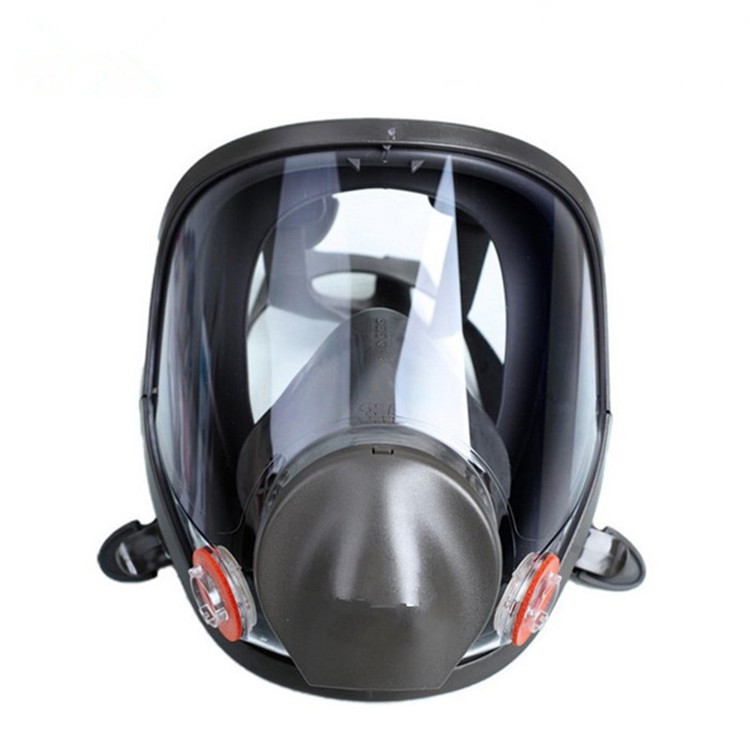Ensuring an Airtight Seal with a Close-Fitting Gas Mask
2024-05-29
In today's world, personal protective equipment plays a crucial role in safeguarding individuals from exposure to hazardous substances. Among these, close-fitting gas masks are particularly effective at providing an airtight seal to protect the wearer from harmful gases and particulates. Let's explore how these masks achieve this critical function.
The first and foremost feature that ensures an airtight seal in a close-fitting gas mask is its design. These masks are crafted with a snug fit that contours to the wearer's face, minimizing gaps and crevices where harmful gases or particulates could potentially leak in. The mask typically covers the entire face, including the eyes, nose, and mouth, providing comprehensive protection.
To further enhance the seal, close-fitting gas masks often utilize elastic straps that wrap around the back of the head or neck. These straps are adjustable, allowing the wearer to customize the fit and ensure a tight, secure seal. The straps are typically made of durable yet flexible materials that can be tightened without causing discomfort or restricting movement.
The materials used in the construction of close-fitting gas masks also contribute to the airtight seal. These masks are typically made of soft, pliable materials that conform to the contours of the face. This flexibility ensures that the mask can adapt to different facial shapes and sizes, creating a secure and reliable seal.
In addition to the design and materials, the way a close-fitting gas mask is worn is crucial for maintaining an airtight seal. It's important to ensure that the mask is properly fitted and tightened before entering a hazardous environment. The wearer should also avoid touching or adjusting the mask once it is in place, as this could disrupt the seal.
Once the mask is securely in place, it provides a barrier between the wearer's respiratory system and the surrounding environment. The mask's filtration system, which is typically located in the front or sides, captures and removes harmful gases and particulates before they can reach the wearer's lungs. This filtration system is essential for maintaining a clean, breathable air supply within the mask.
In summary, a close-fitting gas mask ensures an airtight seal through its design, materials, and proper fit. This seal is crucial for protecting the wearer from exposure to harmful gases and particulates, making it an essential piece of personal protective equipment in various hazardous environments.



